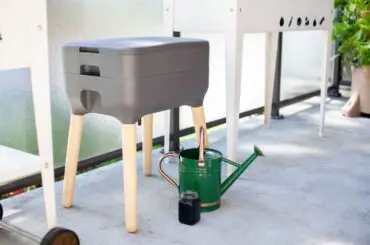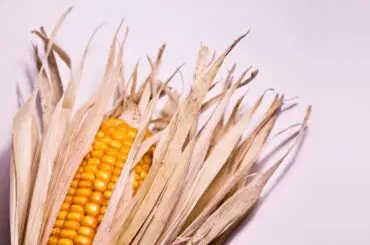How Often To Turn Compost In Winter ? It’s a common question that I get asked at this time of year. Unfortunately, there isn’t just a simple answer. The frequency of turning your compost depends on the type of compost making sheet and a variety of other factors. But don’t worry, this guide has everything you need to know about how often to turn compost in winter.
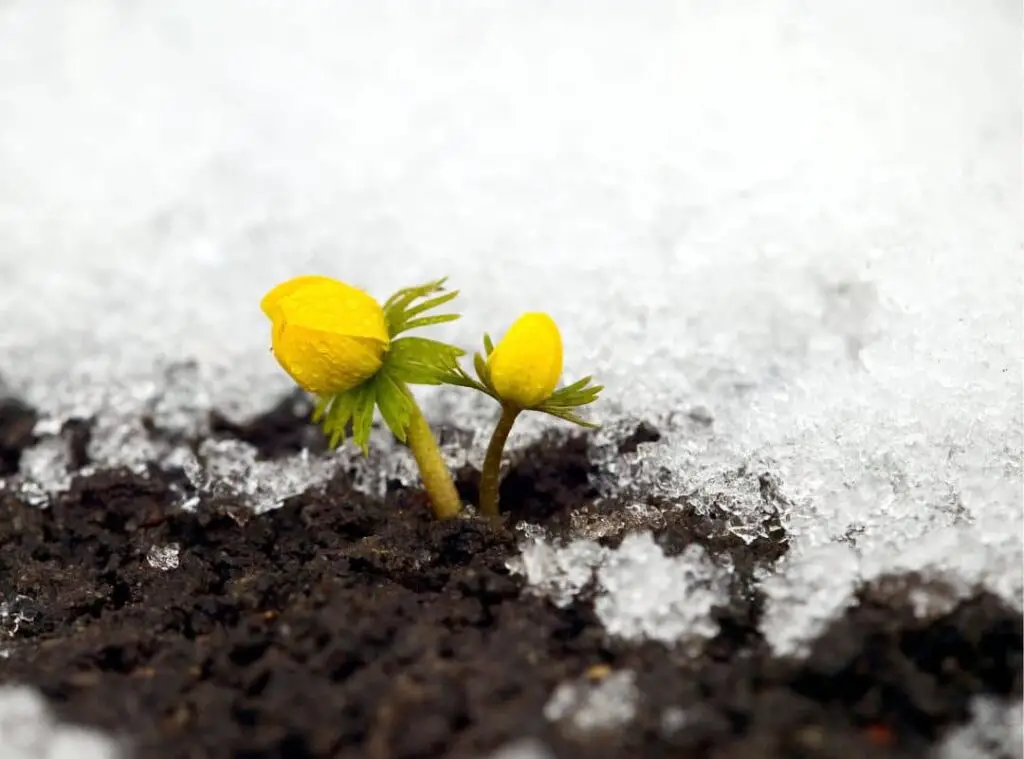
First of all, if you were ever wondering whether you could composting year around, yes, it is possible. Just because the temperature decreases that doesn’t mean you need to stop composting. In fact, composting in winter will be such a great exercise. All you have to do is use kitchen scraps and make use of them for composting. However, bear in mind that composting in winter is a little slower process than summer composting.
Further if the outside temperature is at a really low level, chances are that it would badly impact on the composting. However, you don’t need to worry as the temperature gets back to its normal level, you could restart the whole project at once. Consider that your ingredients have frozen, however they can still decompose during spring. So, if you are curious to learn more on this aspect, it would be worth spending some time and going through this article.
Some preparations you need to practice when it comes to winter composting.
Contents
- 1 Some preparations you need to practice when it comes to winter composting.
- 2 Can you start composting in the winter ?
- 3 How to compost during winter
- 4 What are the elements you need to add in your compost in winter?
- 5 How to store compost in the winter?
- 6 Should I cover my compost in the winter?
- 7 Should I turn my compost in the winter?
- 8 How do you activate compost in the winter?
- 9 Indoor methods of composting
- 10 Final thoughts on How often to turn compost in winter
The fundamental requirement when it comes to composting in winter is maintaining the right balance of the green and the brown materials. In addition to that you need to keep an eye on the moisture level in the composting pile as well. However, there are some slight amendments you need to do when it comes to composting in winter as it is somewhat complex when you compare it to composting during warmer times.
Can you start composting in the winter ?
If you are ever wondering whether you could start composting in winter, yes you could do that and it would turn out to be an effective and quite productive one. So, you could start composting irrespective of the location you conduct it be it in your apartment or even your yard.
When you start composting in winter it would help you to get ready with a good quality compost for your upcoming growing season. It would be such great homemade plant fertilizers. Ideally you need to make compost tea by the time spring arrives. Compost tea is a liquid produced by the microbe’s mechanism in the compost piles. It would be quite crucial in boosting the plants healthy growth during spring time.
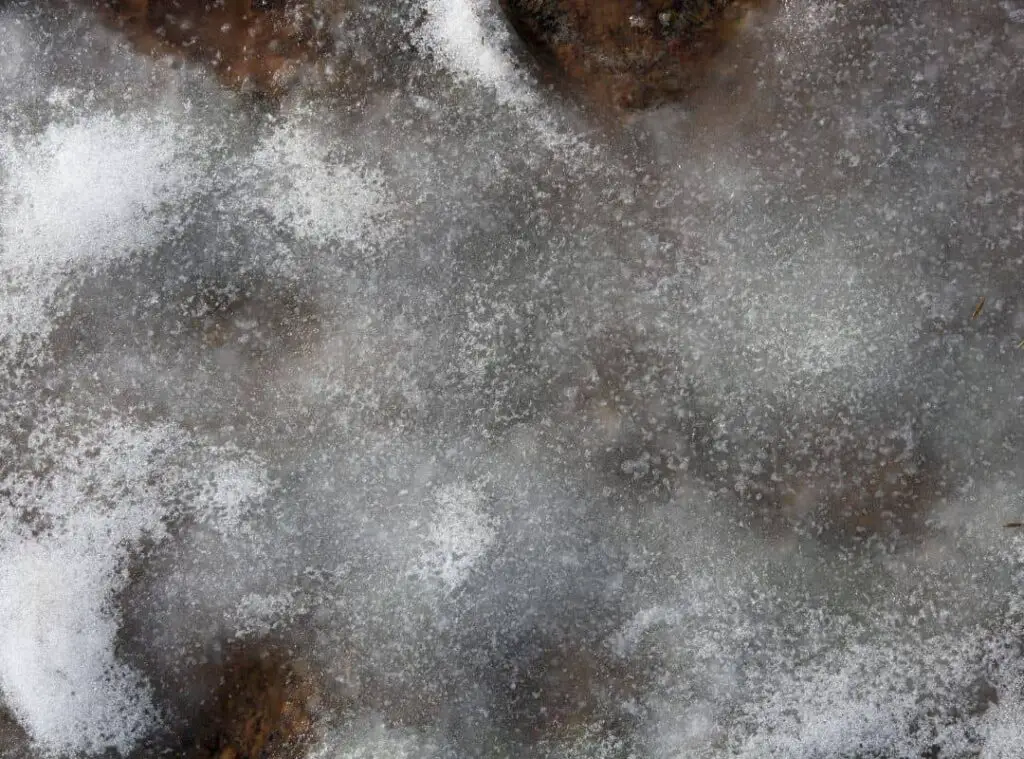
How to compost during winter
Compost needs to have sufficient heat levels to decompose. Once the compost pile reaches the freezing temperature, it will stop composting. The freezing temperature is 32 degrees Fahrenheit ( or 0 degrees Celsius) and if you come across a situation like this, best would be to try out an indoor composting method.
You may also consider trying the vermicomposting method if you wish to try the winter composting method indoors. Vermicomposting is more like a traditional method of composting where you use organic matter for the decomposition. However worms will play a major role here. In fact this will not release a foul smell as well. Further you could try this out even if you have a small space too. In addition to that you could do this method with a lot of ease as well. That said, you should avoid trying this method outdoors as the worms would find it difficult to survive in extreme winter conditions.
What are the elements you need to add in your compost in winter?
The key factor when it comes to conducting composting in winter is identifying the elements you need to use for this purpose and the ingredients you need to avoid using. The elements you add here would determine whether you are succeeding with this composting process or not.
So, ideally you need to go ahead with using compostable items as they would tend to decompose once there are worms, microorganisms and oxygen present there. For example you may utilize ingredients such as freezer burnt veggies, tea leaves and weeds. In addition to that you could use materials such as twigs, dry leaves and uncoated cardboard and they would be excellent organic brown materials.
You may also use biodegradable materials to do this task. However I don’t recommend applying them to your compost bin as it would be best to minimize using them, literally you need to add the same elements as you would do in regular warmer timings when you do composting in winter as well.
The season you do composting has no impact in choosing the ingredients you would use for composting. Keep in mind that one of the main things you need to be concerned about when conducting composting during winter is that you maintain the right moisture levels in the compost piles. So, ideally what you could do here is adding browner material than what you would usually do in regular season.
However bear in mind that the materials you apply for the compost pile may tend to drastically change depending on the seasons. If I further describe this, your compost pile should not comprise yard trimmings, sticks and leaves during the winter season. Ideally you need to add substances such as tale bread, cereal , unbleached paper towels and unbleached coffee filter etc. They would act as excellent supplements for organic brown materials.
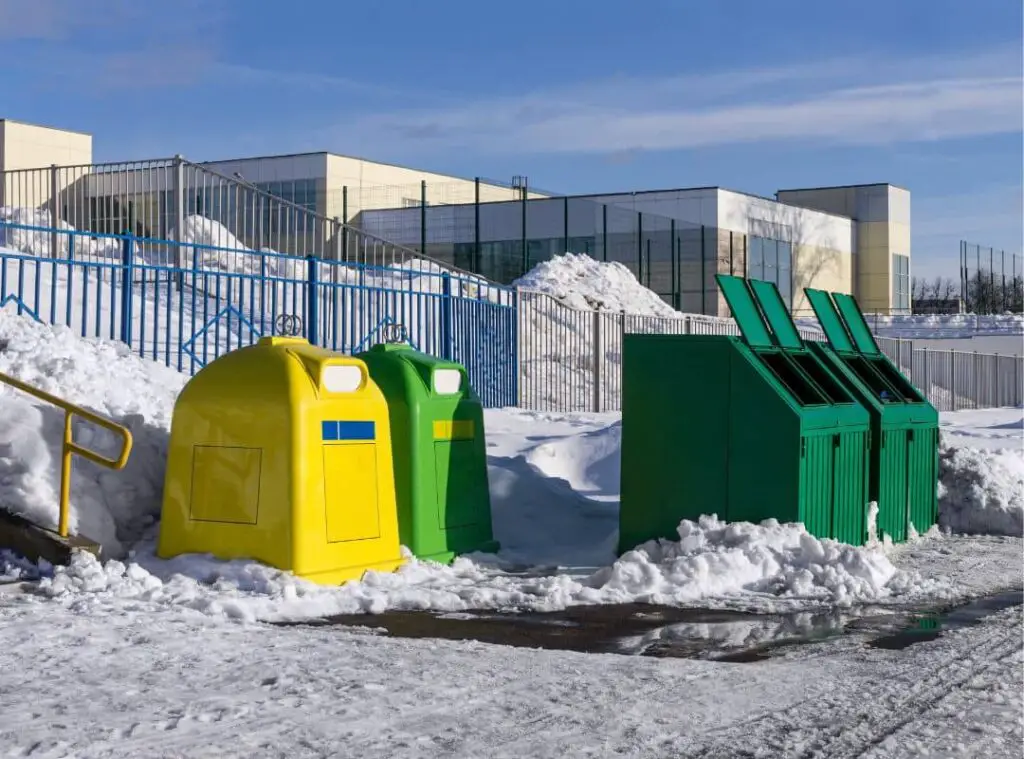
How to store compost in the winter?
As explained in the above, you could conduct composting in winter as long as you keep the composting bin warm and toasty. Heat is the key factor in making a productive and an effective compost. Thus, you need to ensure that your compost bin is insulated so that it will keep the compost piles above the freezing temperatures which would speed up the composting process.
To start off you may first move the compost bin to your yard or to a balcony where the compost bin would be secure from the adverse weather conditions. I urge you to use a thermometer so that you could keep monitoring the temperature level in the compost bin. Apart from that, I suggest you proceed with trench composting during winter. You could do this especially if you have a large outdoor space.In fact, you don’t even need a bin for this.
First you need to trench 10-12 inches deep in the soil where it would be warm there. Next you could add the compostable scraps to the trench and cover it with soil with about 4 inches of soil. Once you provide this depth, it would provide sufficient heat for the decomposition to take place. Further vermin would also not dig once you provide a depth like this.
You could simply add the compost and rebury it on the ground once the conditions are warm. Alternatively you could dig holes in the trench and then simply place the scraps when it is required.
Should I cover my compost in the winter?
I encourage you to cover the compost pile as that would help to keep the compost bin moist. Further, it would speed up the composting pace as well. Moreover it would safeguard the compost bin from snow, ice and from rainfall as well.
The key factor when it comes to making composting is controlling the moisture in the compost bin. So, I suggest you proceed with a compost bin which has a lid to do this task. If you cannot find a bin with a lid, you may consider making a homemade cover for the compost bin. In addition to the above, you may go ahead with a manual outdoor tumbling composter during winter too. Ideally you may go ahead with a covered tumble for this purpose.
Should I turn my compost in the winter?
One might be wondering How often to turn compost in winter especially when there are adverse weather conditions. Whenever you turn the compost, keep in mind that you are losing out on heat which is a crucial factor to do composting.
So, in summer you need to turn the compost pile just once or twice a week. Turning the compost literally means you are disturbing the mechanism in the compost pile. However in winer, you could consider turning it but not at the same frequency as you would do in summer. You may consider shifting the material you have in the winter bin to the regular one during the spring season. When you do this, I suggest adding more brown materials.
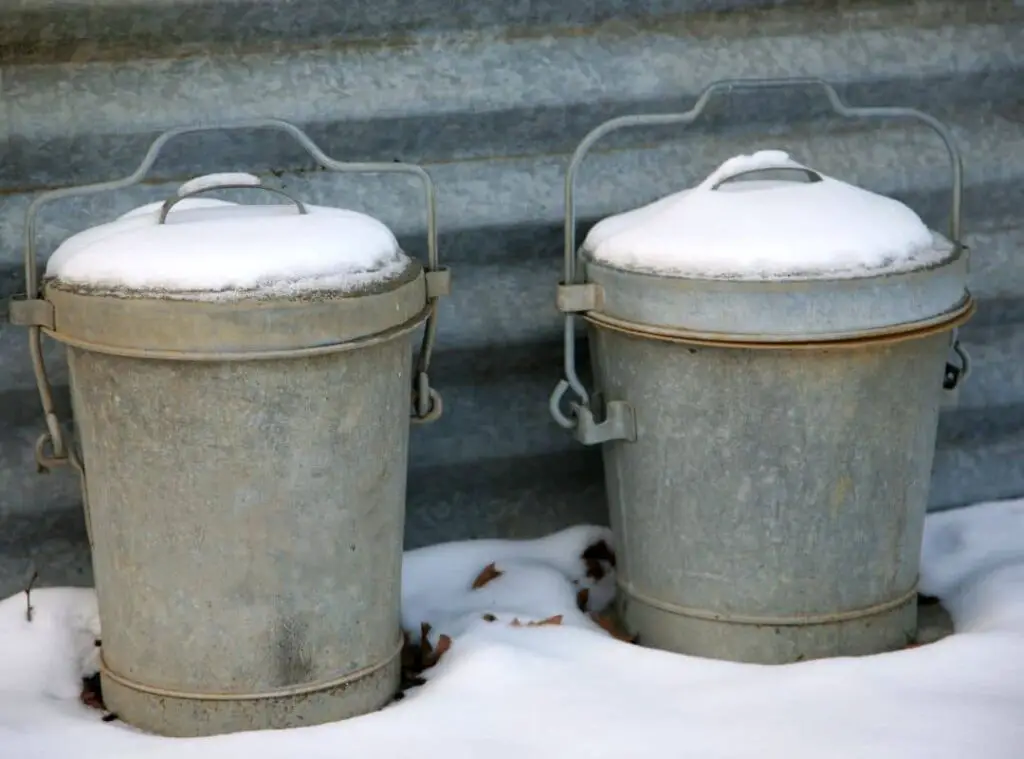
How do you activate compost in the winter?
Even though composting in winter is possible, it would be somewhat tricky to get the compost bin going during colder weather conditions. However, here are some tips which would be vital for you when you conduct composting during winter.
If your compost bin is too cold,
As aforesaid, insulating your compost bin and keeping it in a shady area is crucial to keep the compost bin in its right temperature levels. However keep in mind that if you use a bigger compost bin it would try to heat up the compost bin a little more when compared to the smaller ones. In terms of the right size of the compost bin, it should ideally be 6X6X6.
If your compost bin is too wet or dry
Excess moisture level could be a key factor which would lead for a failed outdoor composting attempt specially during winter. So, if your compost bin is too dry, you may consider applying more nitrogen rich green materials such as fruits and veggie scraps for this.
If your compost bin is still not flourishing
If your compost bin is not flourishing, you may be tactful in adding a finished compost pile to it. I suggest you maintain the small bins in fall and keep them indoors. Thereafter you could shift them to a regular outdoor bin in winter. Furthermore, I suggest you always use shredded and smaller pieces of materials so that it would speed up the composting process. If you wish to provide a nitrogen boost, consider adding some urine as well.
Indoor methods of composting
If you don’t want to deal with indoor winter composting in winter, you can go ahead with an insulated sealed composter and place it in a corner of the garage. If you are using a sealed composter which has the right ratio of carbon and nitrogen it would not even emit any foul smell as well.
In addition to that you could try out the worm composting or vermiculture method as well. Many people tend to go ahead with the worm composters as this method is quite efficient . Further it would not release any foul smell as well. You may keep it indoors in your garage or even outdoors.
Besides these methods, you could use food waste digesters also. You may use food chops , dehydrate food scraps and they would transform into a nutrient rich fertilizer at the end. You could store them in a bag or in a bucket during winter and then apply on your vegetation during spring.
Final thoughts on How often to turn compost in winter
So, to wind up you could go ahead with composting in winter without any hassle. You could compost leaves, coffee grounds during winter given that you keep the compost bin heated and covered. Furthermore, you need to turn the compost pile less frequently during winter and ensure that you add the right items just like you would do it in spring. You could be tactful in storing the compost in the freezer during winter too.
Furthermore, always try to use shredded composting materials as that would speed up the composting process. Winter composting is a great way of preparing for the upcoming growing season. Gardeners consider compost as black gold and if you adhere to aforesaid tips, you would be successful with this activity during winter. So, I hope you found this article fruitful and that gave it an insight on how to conduct composting in winter.
Read Next : Can You Compost Junk Mail? (Yes And How)

